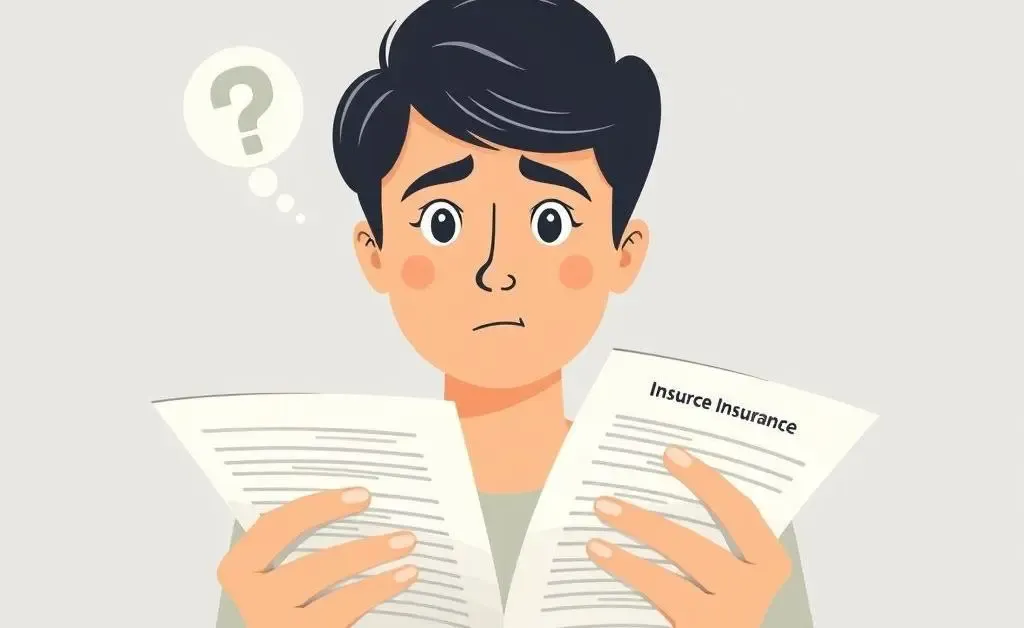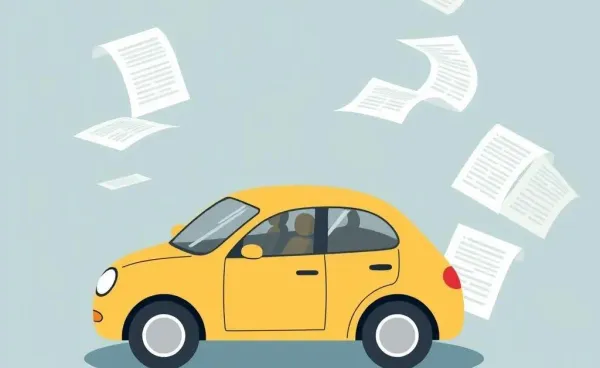Understanding Subrogation in Insurance: A Curious Conversation
Explore the art of subrogation in insurance; learn the what, why, and how.

Have you ever pondered the mysterious world of insurance subrogation? If the word itself evokes a sense of befuddlement, you're not alone. The concept, while complex-sounding, is quite fascinating and plays a crucial role in the dance of insurance claims. By the end of this chat, you'll be able to nod knowingly next time the term comes up at a dinner party.
What is Subrogation Anyway?
Imagine this: You have a minor car accident caused by another driver. You file a claim with your insurance company for the damages, and they cover your costs. But then they decide to pursue the at-fault driver to recover the money they paid you. This whole pursuit process is what insurers call subrogation.
Why Subrogation Matters
Subrogation serves two essential purposes:
- It helps insurers recover the costs they paid out, potentially allowing for lower premiums since losses are minimized.
- It upholds a sense of fairness, ensuring that the party responsible for the damages ultimately pays for them.
In a nutshell, subrogation is about redistributing the financial responsibility where it rightfully belongs.
How Subrogation Works: A Simple Breakdown
Now that we’re familiar with the concept, let’s walk through the basic stages of subrogation to see how it unfolds:
1. Claim Payment: The insurer pays out a claim to their insured party (in our case, that’s you).
2. Notification: You inform your insurer of the responsible party.
3. Legal Pursuit: The insurer may sue the at-fault party or negotiate for reimbursement.
4. Recovery: Any recovered funds are usually distributed. You might even receive part of the deductible back!
Anecdote Time: The Unlikely Investigator
Picture Sarah, an insurance newbie brooding over a cup of coffee. Her beloved vintage bike was recently involved in a fender bender, and her insurer fully covered the repairs. Three months later, she received a check in the mail, a portion of her deductible returned thanks to subrogation. She was elated and somewhat inspired, thinking, "Who knew my insurance company was also a bit of a detective?"
The Curious Lows: When Subrogation Hits a Snag
There can be instances where subrogation simply doesn’t proceed. This can happen when:
- The at-fault party is unidentified or uninsured.
- There's no adequate evidence to support a legal claim.
- The costs of pursuing recovery outweigh potential benefits.
While not ideal, these situations illustrate the complex factors insurers must juggle.
Engage and Explore
Isn't it intriguing how subrogation operates almost like insurance sleuthing? Next time you file a claim, consider the behind-the-scenes efforts your insurer might undertake. Are there other facets of insurance claims that spark your curiosity? Let's keep the conversation flowing!




